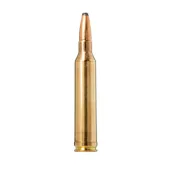7mm STW (Shooting Times Westerner)vs7mm Remington Ultra Magnum
Head to Head Comparison



0%
Critic Rating
0 Reviews
Critic Rating
2 Reviews

0%
User Rating
0 Reviews
User Rating
2 Reviews

0%
Critic Rating
0 Reviews
Critic Rating
2 Reviews

0%
User Rating
0 Reviews
User Rating
2 Reviews
Gun Specifications
Specification
7mm STW (Shooting Times Westerner)
7mm Remington Ultra Magnum
7mm STW (Shooting Times Westerner) Best Deals
7mm Remington Ultra Magnum Best Deals
Suggested Comparisons
vs
vs
vs
vs
vs
vs
vs
vs
vs